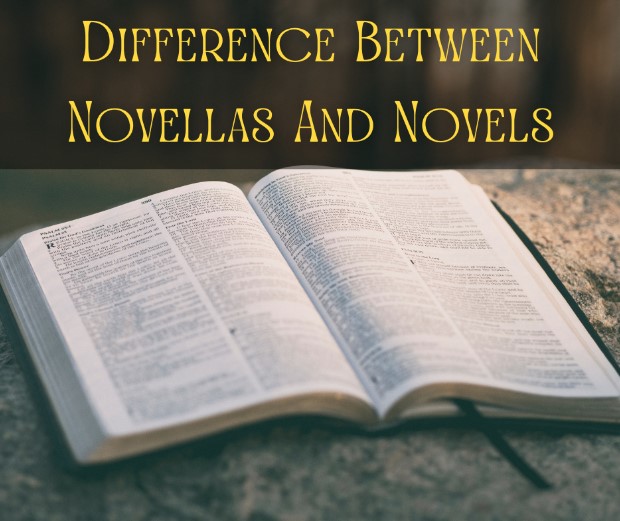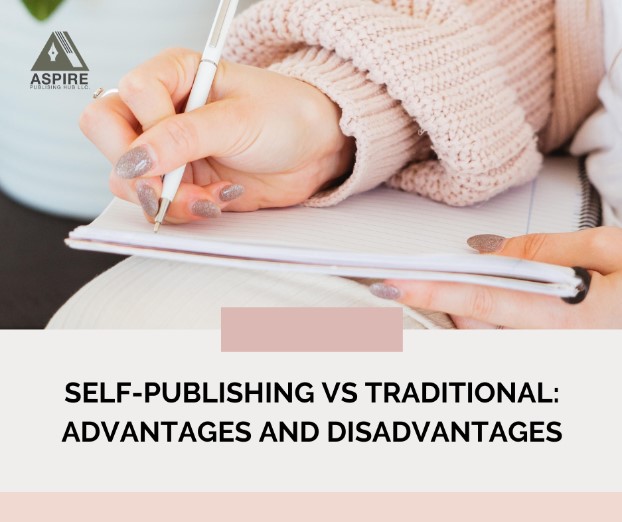There is a wide variety of books, but the most common is a novel or novella. For some, novels and novellas are confusing, but they differ in so many ways.
What is a Novel?
A novel is a long-written narrative that describes imaginary people and events. It is the longest genre of narrative prose fiction in modern literature. A novel often contains more than 200 pages. The term novel is derived from the Italian word novella, which means “new.”
Novels have a lengthy history, and examples may be found in many places, including Classical Greece and Rome, 10th and 11th-century Japan, Elizabethan England, and so on. However, Miguel de Cervantes, author of Don Quixote, is widely regarded as the first notable novelist of the modern era. Novels can be divided into supernatural, thriller, fantasy, romance, western, paranormal, adventure, and so on.
Novels are lengthy because they have subplots in addition to the main plot, distinct worlds and settings, multiple characters with arcs, and other elements. These are intricate bits that tell the entire story.
Words are required for setting the world in the genres with larger word counts on average. The setting and cultures of a novel need to be thoroughly explained in science fiction, fantasy, historical fiction, and its romance counterparts because they are unfamiliar to the typical reader.
What is a Novella?
The novella is a brief and well-structured tale with a realistic and satiric tone that affected the development of the short story and book throughout Europe. The novella, which originated in Italy during the Middle Ages, was based on local occurrences that were amusing, political, or romantic. Individual tales were frequently assembled into collections alongside myths, legends, and romantic stories.
Novellas are shorter than novels and have fewer characters, themes, and conflicts. It usually does not have chapters and is intended to be read in one go. With The Canterbury Tales, Geoffrey Chaucer popularized the novella in England. William Shakespeare and other Elizabethan playwrights derived dramatic plots from the Italian novella. These tales’ realistic content and form impacted the creation of the English novel in the 18th century and the short story in the 19th.
Less complicated than novels are novellas. There are fewer subplots, and those present usually have a stronger connection to the primary plot. Fewer actions and occasions are necessary to get to the climax and finish a character’s development.
A novella is a fantastic choice if you want to use a free book to draw readers into a series. It’s brief enough to not take up too much of your writing time for something you’re going to give away for free while being long enough to appeal to readers looking for novels. Novellas can serve as a precursor to the main plot of your series or as an unrelated story with the same characters and setting but a separate plot.
The Difference between Novel and Novella
A novel is a fictional prose narrative of book length, typically representing character and action with some realism. At the same time, Novella is an invented prose narrative that is longer than a short story and shorter than a novel. A novel generally contains more than 200 pages, while Novella is faster than a novel. The book’s plot is more complex than the plot of the novella. The story contains many characters, themes, and sub-themes, while the novel contains fewer characters and themes.
The main contrast between a book and a novella is that a novella is shorter and has a more straightforward plot than a novel. Novel and novella are two genres of written, fictional, prose narratives.



